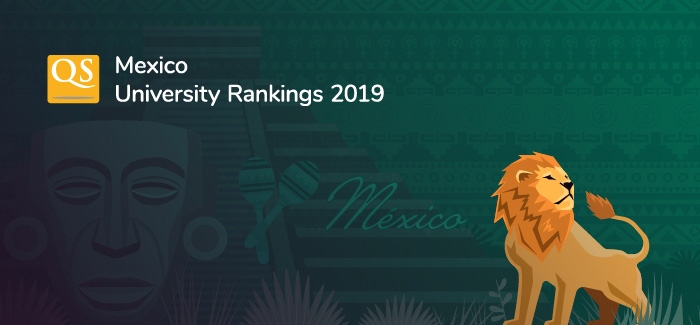This ranking has been developed in association with
First published in 2014, the QS University Rankings: Arab Region highlights the leading universities in this part of the world. For the 2015 edition, 259 universities were evaluated, with the top 100 to be published on 10 June 2015.
The methodology for this ranking has been developed with the aim of reflecting specific challenges and priorities for institutions in the region, drawing on the following nine indicators. The percentages indicate the weighting given to each component when calculating the overall results.
Academic reputation (30%)
This is based on a major global survey of academics, who are asked to name the universities they believe to be producing the best work in their own field of expertise. Like the employer survey (below), this is a major component across all of the QS university rankings.
Employer reputation (20%)
This is based on a second major global survey, this time of graduate employers. Participants are asked to name the institutions they perceive to be producing the best graduates.
Faculty/student ratio (20%)
In the absence of an international standard by which to assess teaching quality, this indicator assesses the number of full-time academics employed relative to students enrolled. The aim is to give an indication of institutions’ capability in terms of providing academic support.
Web impact (10%)
Based on the Webometrics ranking, this indicator reflects universities’ online presence, providing an indication of their commitment to international engagement and communication.
Proportion of staff with a PhD (5%)
This is based on the proportion of faculty members holding a PhD or equivalent, reflecting the overall level of expertise and experience within the institution.
Citations per paper (5%)
Calculated using data from Scopus, this indicator assesses the number of citations per paper published, reflecting the impact of each institution’s research.
Papers per faculty (5%)
Also based on the Scopus database, this measure relates to the number of papers published per faculty member, reflecting research productivity rates.
Proportion of international faculty (2.5%) and proportion of international students (2.5%)
These final two indicators reflect each institution’s success in attracting academics and students from other countries, giving an indication of the international diversity of its learning environment.
For more information about the methodology for the QS University Rankings: Arab region, visit the QS Intelligence Unit website.
The 2015 edition of the QS University Rankings: Arab Region will be published on 10 June 2015. Follow us on Twitter (#QSWUR) and Facebook to be the first to get the full results.



